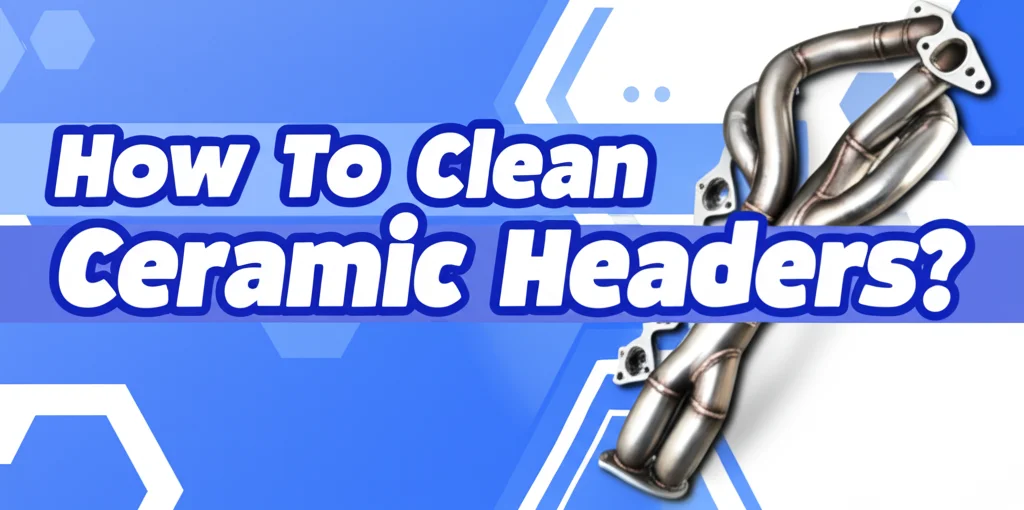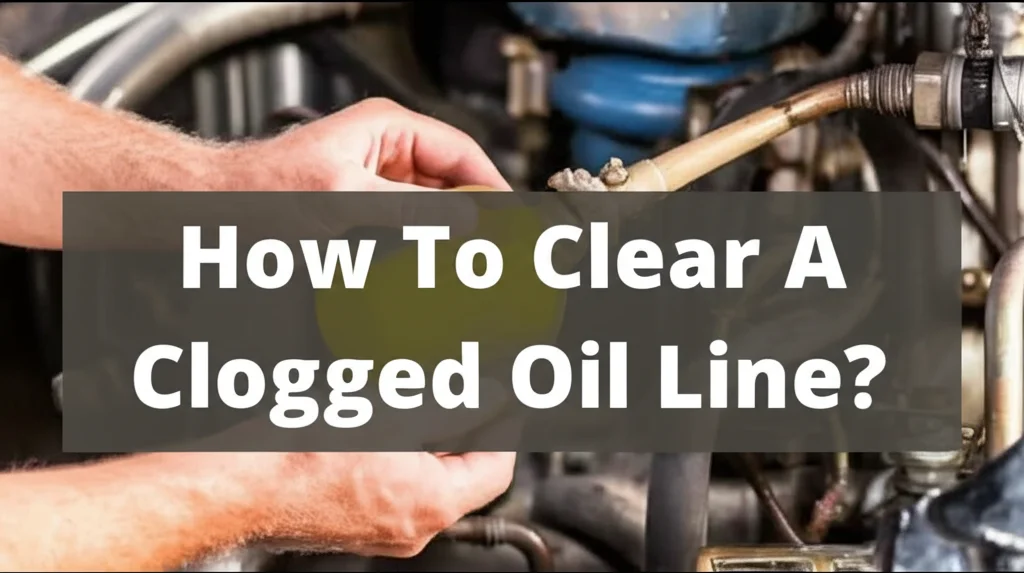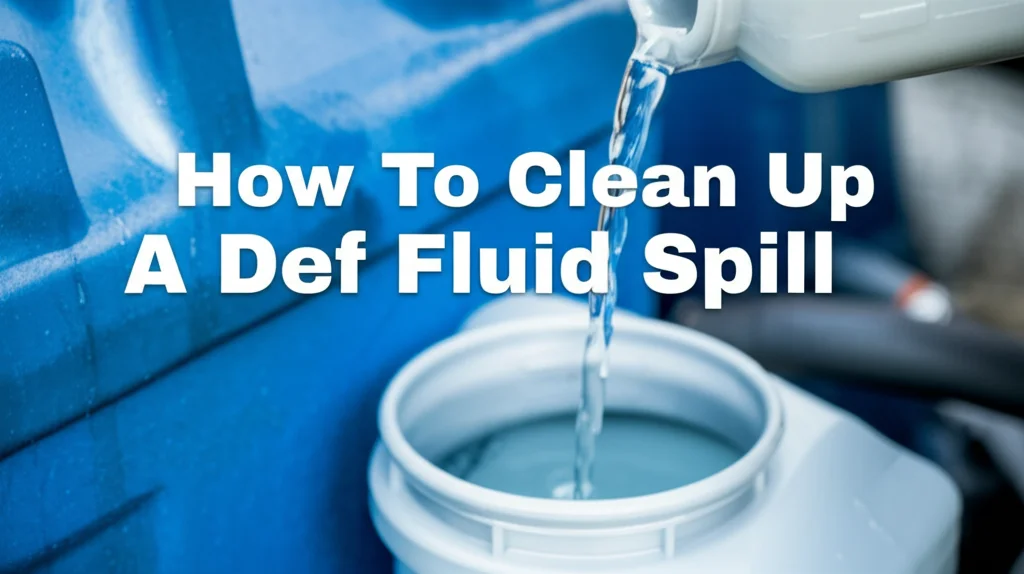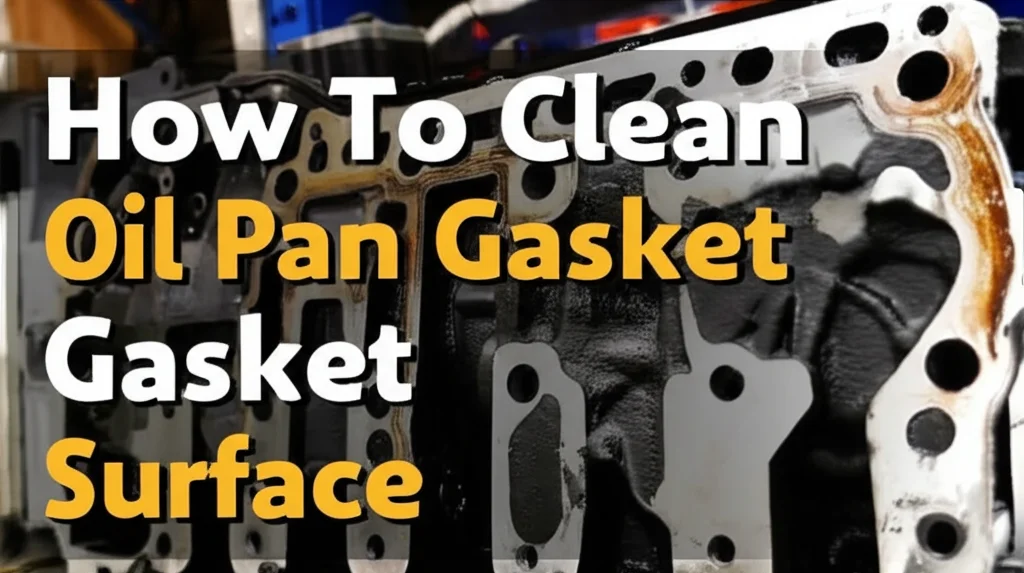· Auto Maintenance · 6 min read
How To Clean Coolant Off The Engine
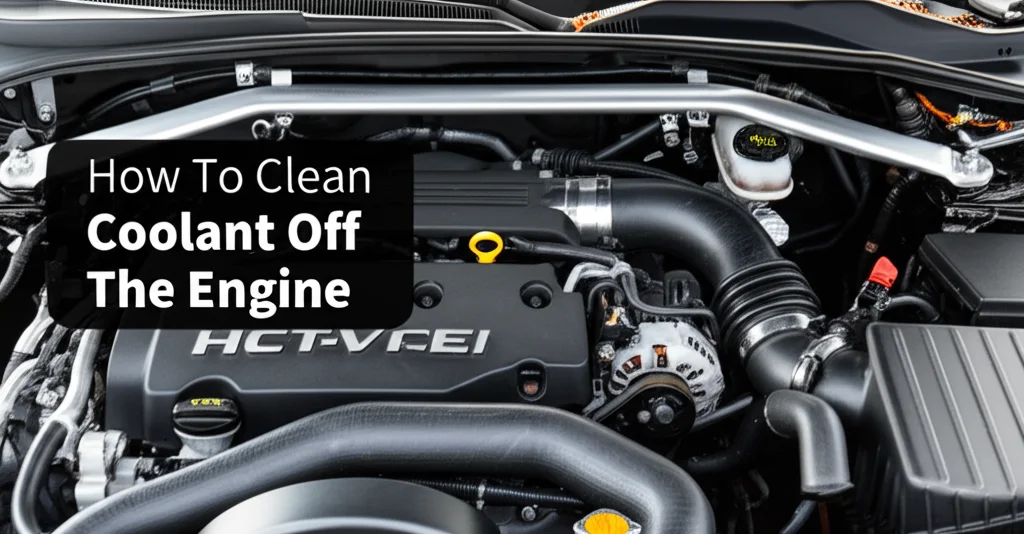
Cleaning Coolant From Your Engine: A Step-by-Step Guide
Have you noticed a colorful puddle under your car? It might be coolant, and a coolant leak on your engine needs immediate attention. Coolant, also known as antifreeze, is vital for regulating your engine’s temperature, but it’s also corrosive and can damage various engine components if left unchecked. This article will guide you through how to clean coolant off your engine safely and effectively. We’ll cover everything from safety precautions to the best cleaning methods, ensuring your engine stays in top condition. Let’s dive in and get your engine looking and running its best!
Takeaway:
- Always prioritize safety by disconnecting the battery and wearing protective gear.
- Dilute the coolant with water to reduce its corrosive effects before cleaning.
- Use gentle cleaning agents and avoid high-pressure washing.
- Thoroughly rinse and dry the engine to prevent further corrosion.
What’s the quickest way to clean coolant off an engine?
The fastest way to clean coolant off an engine involves diluting the spill with water, gently wiping it away with a clean cloth, and then rinsing the area thoroughly. Avoid using harsh chemicals or high-pressure water, as these can cause damage. Finally, dry the area completely to prevent corrosion.
1. Understanding the Risks of Coolant Spills
Coolant isn’t just water and dye; it contains ethylene glycol or propylene glycol, which are harmful substances. These chemicals can corrode metal parts, damage rubber hoses, and even harm your vehicle’s paint. Ignoring a coolant spill can lead to costly repairs down the road. Therefore, addressing a coolant leak and cleaning the affected area promptly is crucial for maintaining your engine’s health. It’s also important to remember that coolant is toxic to animals, so cleanup is essential for their safety too.
2. Safety First: Preparing to Clean
Before you even think about cleaning, safety is paramount. Coolant is poisonous, and you don’t want to risk exposure. Here’s what you need to do to prepare:
- Disconnect the Battery: This prevents accidental electrical shorts during cleaning. Remove the negative terminal first, then the positive.
- Wear Protective Gear: Gloves (nitrile or rubber) are essential to protect your skin. Eye protection (safety glasses or goggles) will shield your eyes from splashes.
- Work in a Well-Ventilated Area: Coolant fumes can be harmful, so ensure good airflow.
- Gather Your Supplies: You’ll need:
- Clean cloths or rags
- A spray bottle
- Water (distilled water is best)
- A mild detergent or engine degreaser (optional)
- A plastic scraper (optional, for stubborn residue)
3. Diluting and Initial Rinse
The first step in cleaning is to dilute the coolant. Coolant is most corrosive in its concentrated form. Using a spray bottle, generously spray the affected area with water. This will dilute the coolant, making it less harmful and easier to remove. Let the water sit for a few minutes to allow it to penetrate and loosen the coolant residue. Avoid using high-pressure water at this stage, as it could force the coolant into hard-to-reach areas.
4. Gentle Cleaning with Detergent (Optional)
For stubborn coolant stains, a mild detergent can be helpful. Mix a small amount of detergent with water in a spray bottle. Spray the solution onto the affected area and let it sit for a few minutes. Gently scrub the area with a clean cloth or soft brush. Avoid abrasive cleaners or brushes, as they can scratch the engine’s finish. If you’re looking for a deeper clean on other surfaces, you might consider how to clean luxury vinyl plank flooring: https://www.beacleaner.com/how-to-clean-luxury-vinyl-plank-flooring/.
5. Thorough Rinsing is Key
After cleaning with detergent (or just water if you skipped that step), it’s crucial to rinse the area thoroughly. Use clean water to remove all traces of coolant and detergent. Again, avoid high-pressure washing. A gentle spray or a damp cloth will suffice. Ensure you rinse all crevices and hard-to-reach areas where coolant might have accumulated. Proper rinsing prevents residue buildup that could lead to corrosion.
6. Drying the Engine Compartment
Once you’ve rinsed the engine, it’s time to dry it. Moisture can contribute to corrosion, so complete drying is essential. Use clean cloths to wipe down all surfaces. You can also use compressed air to blow water out of tight spaces. Allow the engine to air dry for a few hours before starting it. If you’re dealing with other cleaning tasks, understanding how to remove baking soda residue from carpet can be helpful: https://www.beacleaner.com/how-to-remove-baking-soda-residue-from-carpet/.
7. Identifying and Fixing the Leak
Cleaning the coolant spill is only half the battle. You need to find and fix the source of the leak. Check the radiator, hoses, water pump, and thermostat housing for cracks or leaks. If you’re not comfortable diagnosing the problem yourself, take your vehicle to a qualified mechanic. Addressing the leak prevents future spills and potential engine damage. Ignoring the leak will only lead to more coolant loss and potentially more serious problems.
FAQ: Common Coolant Cleaning Questions
Q: Is coolant harmful to the environment?
A: Yes, coolant is toxic to plants and animals. Never pour coolant down the drain or onto the ground. Dispose of used coolant properly at a recycling center or auto parts store.
Q: Can I use a pressure washer to clean coolant off my engine?
A: No, a pressure washer can force coolant into sensitive engine components and cause damage. Stick to gentle rinsing with a spray bottle or damp cloth.
Q: What if the coolant has stained the engine paint?
A: Coolant stains can be difficult to remove completely. Try using a mild engine degreaser specifically designed for paint. If the stain persists, consult a professional detailer.
Q: How often should I check my coolant levels?
A: You should check your coolant levels at least once a month, and before any long trips. Low coolant levels can lead to overheating and engine damage.
Conclusion: Maintaining a Cool Engine
Cleaning coolant off your engine is a straightforward process, but it requires attention to detail and a commitment to safety. Remember to prioritize protective gear, dilute the coolant, rinse thoroughly, and dry the engine completely. More importantly, don’t just clean up the mess – find and fix the source of the leak! Regularly checking your coolant levels and addressing any leaks promptly will help keep your engine running smoothly for years to come. If you’re looking for other cleaning tips around the house, you might find this article on how to clean floor grout without scrubbing helpful: https://www.beacleaner.com/how-to-clean-floor-grout-without-scrubbing/. Taking proactive steps like these will save you time, money, and potential headaches in the long run.

